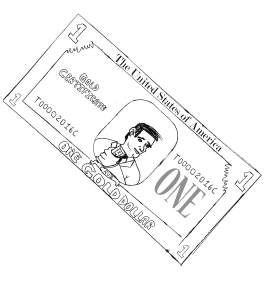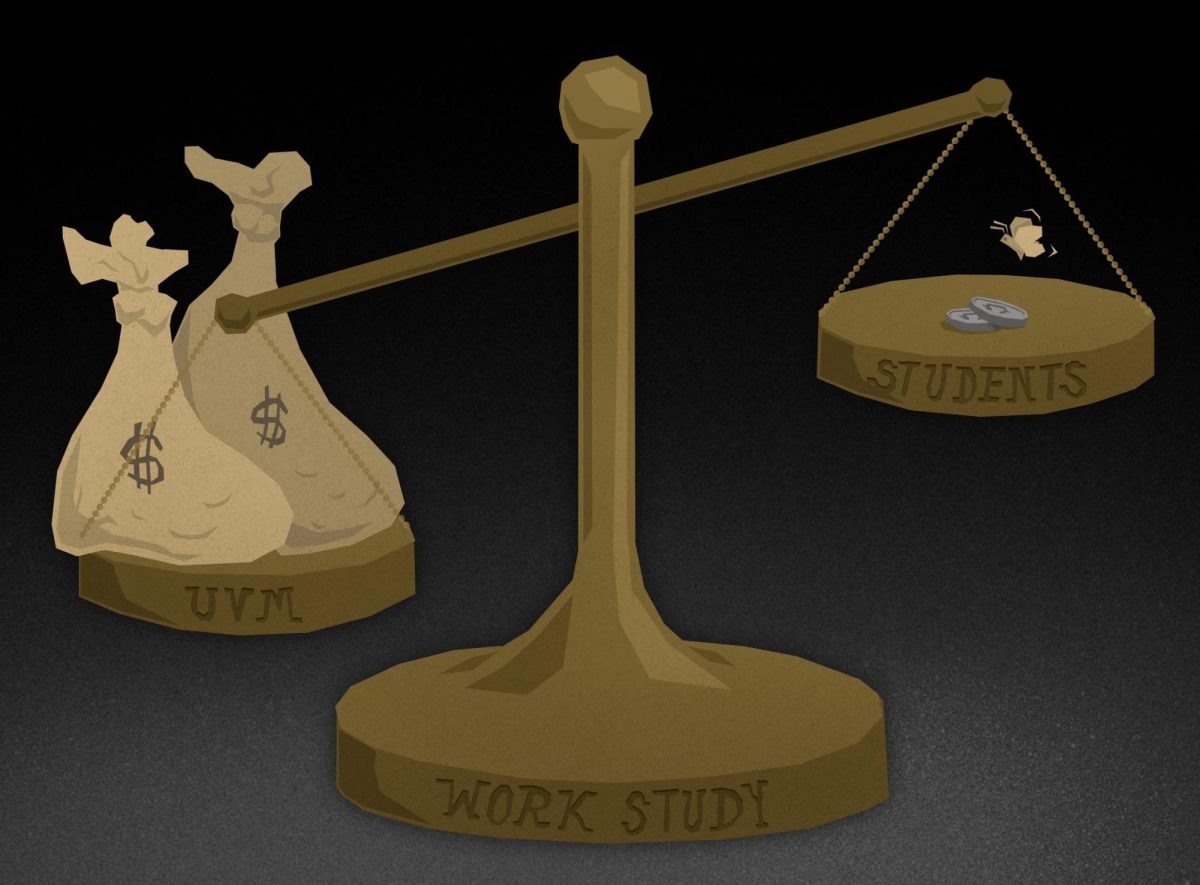[one_half]
The Shiny Past
The United States used the Gold Standard till 1971; the gold standard is the system whereby a country’s currency – the actual paper money that you have in your pocket right now (or wish you did) – has a value directly linked to that of gold. In days gone by, countries would agree to swap money into gold, and vice-versa. As of 2013, there are exactly zero countries that use the gold standard; but say a country were to bring it back, as Ted Cruz wants to in America, there would be a price set for gold and the yellow stuff would be traded at that price; this fixed price of gold dictates the value of the currency.
So what happened to this seemingly straight forward system of pegging a country’s currency to gold? And why did we cease to use it in 1971? During the Industrial Revolution, the Gold Standard was seen as a symbol of trust in trade. The major Economic players – France, Britain, and America – felt that this standard made it easier and more transparent to trade because no matter what the value of the country’s currency was, it was always backed by gold. Queue: The Great Depression. Bank failures during the 1930s spooked the public. They started hoarding gold and thus making the policy of the gold standard unsustainable. Why? Don’t worry, another intro-econ lesson should clear that up: because the value of the paper currency was determined by gold, the shortage of supply of the metal would mean that the price of gold – and the value of the currency – would have to shoot up in order to account for this supply gut. Thus, in the context of the Great Depression, the US Government would be unable to honor this insanely high price of gold. In march 1933, FDR decided to halt the trading of gold for currency, in order to prevent a run on the banks due to deflated consumer sentiment; the metal was to cease all export.
John Maynard Keynes had proposed that one of the best ways to fight off an economic downturn is to increase the money supply. By increasing the amount of gold held by a central bank, it would increase the power to inflate the money supply. In 1931. Britain dropped the Gold Standard after realizing that this method of getting the economy back on track may not be the most sensible method. But here in America, it was a little different. From 1935 to 1971, the price of gold per ounce was set at $35. Richard Nixon announced in 1971, after much contemplation and discussion with top economists, that America would be unshackled by the archaic Gold Standard. The Federal Reserve would use monetary policy to increase the prosperity of the American people; higher employment, shorter economic downturns, and strong economic growth were promised.
[/one_half]
[one_half_last]
The lone star: Ted Cruz
The renegade republican Ted Cruz hates big government. The meddling in people’s affairs must be stopped, he says. The abolishing of the IRS and the reduction in the role of the Fed are two of his many ways in which he proposes a “free” American, again. He said at a CNBC debate late last year, “I think the Fed should get out of the business of trying to juice our economy, and simply be focused on sound money and monetary stability, ideally tied to gold.” There are many critics of the Fed’s actions in response to the Great Recession of 2008, heck I am too, but overwhelmingly, Economists agree that tying the value of the currency to Gold is just not feasible in this day and age of globalization and international interdependence. A gold standard does not eliminate debt crises or debt-induced inflation; there is no monetary system in the world that can absolve a nation that is fiscally irresponsible. However, the biggest flaw in the Gold Standard is the fact that gold is poorly linked to other prices in the economy. Today, fixing the price of gold would not do much to control the general price level, which is what we want to stabilize. This disconnect can be explained by two main factors.
[media-credit name=”RYAN THORNTON” align=”alignnone” width=”267″] [/media-credit]
[/media-credit]
First, historically the demand for gold coins is linked to the relative value of gold to other goods. Say prices rose, people needed to hold more gold coins to make transactions. They would spend less on other purchases, which brought prices down again. But since in the digital age has dawned, gold can be transfer online, and the idea that we would go back to a 19th-century payments system based on lugging around gold coins is somewhat… silly?
Second, the reasons that made gold such good monetary substitute in the past were that it was hard to produce and refine and that it really did not have much other use. These made its price especially disconnected to other prices. With the metal becoming rarer, the relative price of gold has spiked, but you don’t see us substitute buying gold to buy other things. There is simply an economic disconnect within the inherent value of gold and its perceived value.
I hope Ted Cruz, for Ted Cruz’s sake, reads the Vermont Cynic, maybe he’d be less cynical after this piece!
[/one_half_last]







